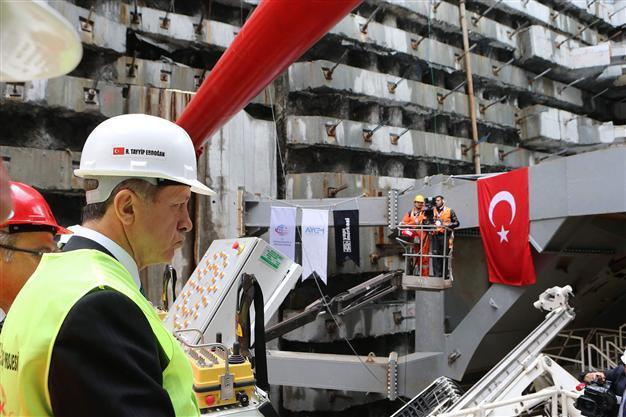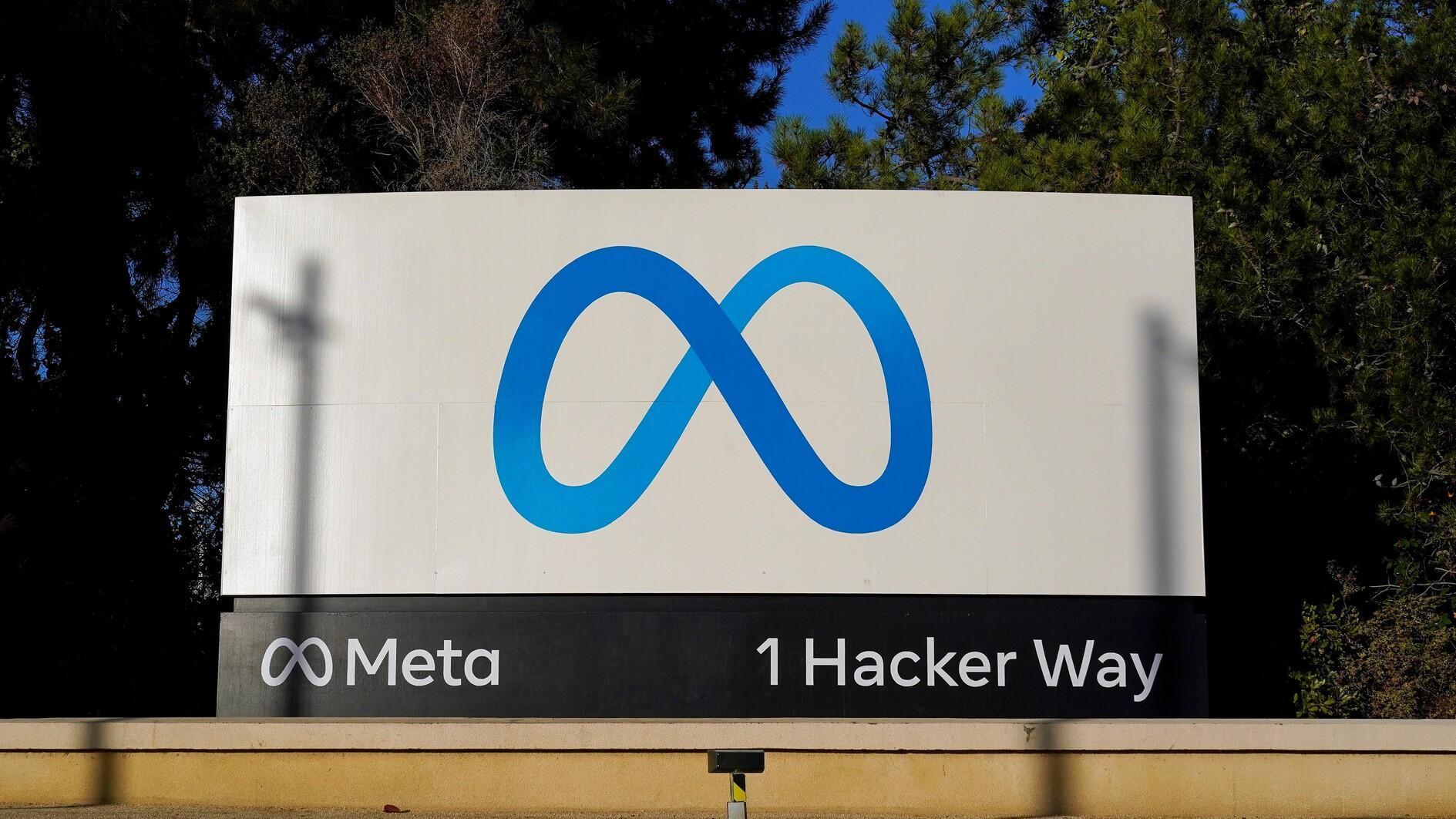Drilling begins for continent-connecting road tunnel in Istanbul
ISTANBUL – Anadolu Agency

Prime Minister Recep Tayyip Erdoğan inaugurated the boring of the Eurasia Tunnel Project at Istanbul’s Haydarpaşa Loading Port on April 19. DHA Photo
Ground has been broken for the Eurasia tunnel, another mega government project that will connect the European and Asian sides of Istanbul, with a ceremony attended by Prime Minister Recep Tayyip Erdoğan over the weekend.The prime minister inaugurated the boring of the Eurasia Tunnel Project at Istanbul’s Haydarpaşa Loading Port on April 19, saying the scheme would shorten the existing 100-minute cross-strait journey time to 15 minutes.
The tunnel boring machine, known as TBM, began carving out the route for the tunnel that will be a sibling to the existing Marmaray, and will connect the Asian and European sides of the Istanbul Strait via a road tunnel going under the Marmara Sea.
“There are four such tunnels in New York that enable a sub-sea passage for light vehicles; one in Kuala Lumpur in Malaysia and another similar highway tunnel in France. We are now bringing in the most modern and developed road tunnel to Istanbul,” the prime minister said.
Erdoğan said that once the Eurasia Tunnel was completed, Istanbul would have four road crossings between the two continents, including The Bosphorus Bridge, the Fatih Sultan Mehmet Bridge and the Marmaray.
“Hopefully, the suffering known as ‘bridge traffic’ will become a thing of the past,” he said.
Erdoğan said the tunnel boring machine will advance 10 meters a day on average from the Asian side to the European one.
The Eurasia Tunnel, the foundations of which were cast on Feb. 26, 2011, will operate between Kazlıçeşme and Göztepe route where vehicle traffic is the most intense in Istanbul, and will cover a total of 14.6 kilometers.
The tunnel has been designed for use only by light vehicles such as cars and minibuses.
Heavier vehicles, motorcycles, bicycles and pedestrians will not be permitted to use the tunnel.
While 5.4 kilometers of the project will comprise a two-story tunnel to be constructed underneath the seabed, expansion and improvement works are to be carried out over 9.2 kilometers of roads on the European and Asian sides.
Access roads between Sarayburnu and Kazlıçeşme and Harem and Göztepe will also be enlarged, while vehicle underpasses and pedestrian overpasses will also be constructed.
Not only will the travel time for Istanbul’s highly congested traffic decline, but it will also become safer and more comfortable, officials claiming, adding that it will also contribute to the reduction of environmental and noise pollution.

















